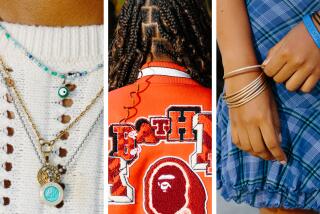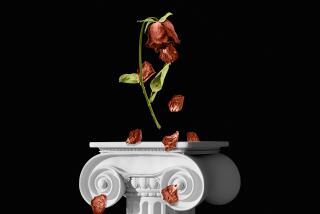The Ivy League reigns on TV. This new show wants to make HBCUs ‘the A story’
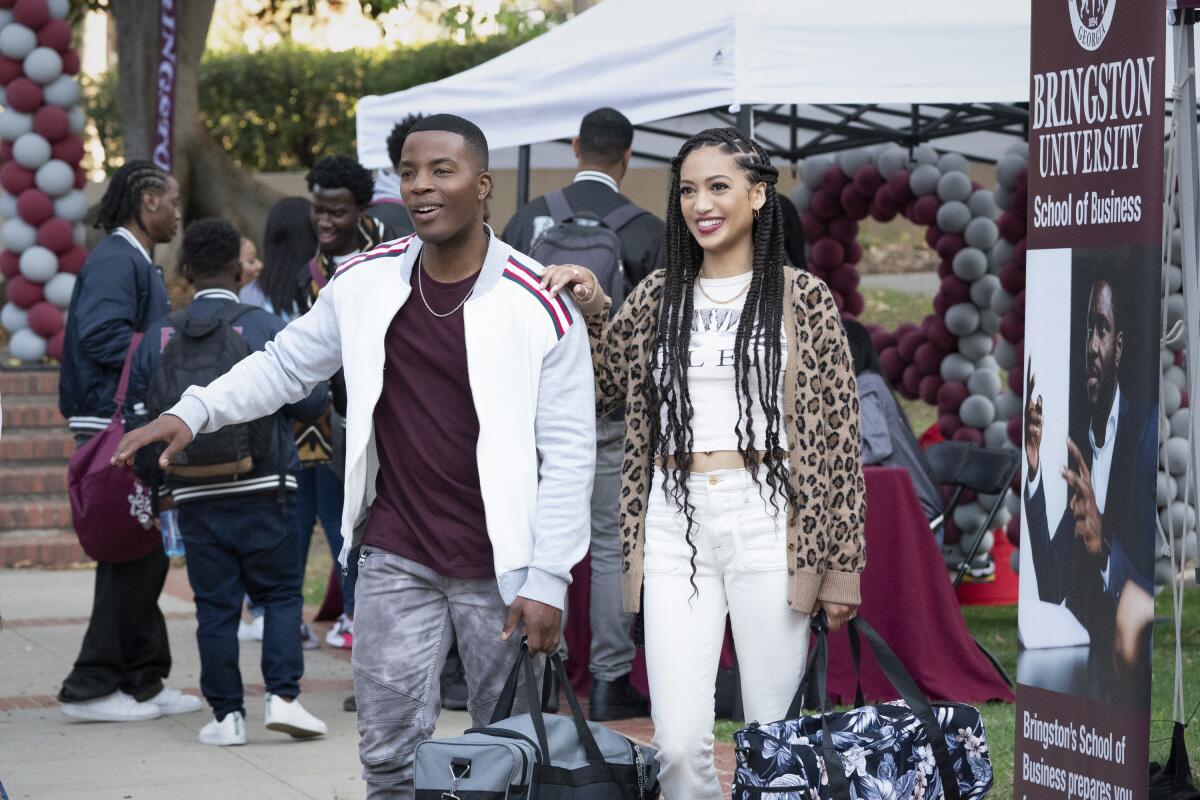
Market Fridays where students can shop from local Black vendors. Hump Wednesdays featuring popup concert performances. The long-awaited family reunion at homecoming. All are quintessential parts of life in the AUC — Atlanta University Center Consortium — home to four Historically Black Colleges & Universities.
Yet these experiences haven’t been televised as frequently as those of affluent white students: Reflecting the lack of diversity among Hollywood writers , protagonists in teen movies and TV shows tend to aspire to Yale University, not Spelman or Morehouse .
Enter “All American: Homecoming,” which joins the much smaller number of films and series — including “School Daze,” “Drumline,” “Stomp the Yard,” “A Different World” and most recently BET’s two-season drama “The Quad” — to choose HBCUs as their backdrop.
Premiering Monday on The CW, the pilot of “Homecoming,” a spinoff of the L.A.-set high school drama “All American,” stars Clark Atlanta University alumna Geffri Maya and “The Quad’s” Peyton Alex Smith, who briefly attended Florida A&M University, in a story set at the fictional Bringston University in Atlanta.
“This just felt like an organic opportunity where I can extend what we’re doing on ‘All American’ and explore a whole new different world of Blackness at an older, broader level,” said showrunner Nkechi Okoro Carroll. “Because now we’re not just talking about L.A. teens, we’re talking about the diaspora. It’s time that people understand we’re worthy of being the ‘A’ story, the HBCU experience is worthy of being the ‘A’ story.”
Nipsey Hussle’s legacy runs through the season premiere of the CW’s L.A.-set “All American,” including a specially made mural and a candlelight vigil.
Maya plays Simone Hicks, a teen mother, young newlywed, and ambitious Beverly Hills High student with eyes on Princeton University. When Hicks heads to visit her Aunt Amara Patterson (Kelly Jenrette), a professor at Bringston, she gets a slice of college life.
Apart from a run-in with nationally ranked baseball hotshot Damon Sims (Smith) and a brewing tennis rivalry, Hicks falls in love with the school’s corridors, where Black cultural icons, activists and intellectuals walked before her.
While prominent HBCU alumni such as Atlanta Mayor Keisha Lance Bottoms, voting rights advocate Stacey Abrams, Sen. Raphael Warnock (D-Ga.) and Vice President Kamala Harris have amplified the visibility of HBCUs in politics, current students and recent graduates still want to see more from TV — and see it done right.
Désirée Raymond, 24, who attended Spelman as an undergraduate and Hampton University for her master’s of medical science,, said the media didn’t expose her to HBCUs. Instead, her aunt encouraged her to apply to Spelman during senior week in high school.
“I didn’t know about any shows until I actually got to campus and all of my Spelman sisters were like, ‘Sis, you need to watch “A Different World,” “Drumline,“’” said Raymond. “When I got there, I want to say my soul lit up and I felt at home immediately. I’m grateful that The CW is making this show and having a star who actually went to the AUC or to an HBCU in general.”
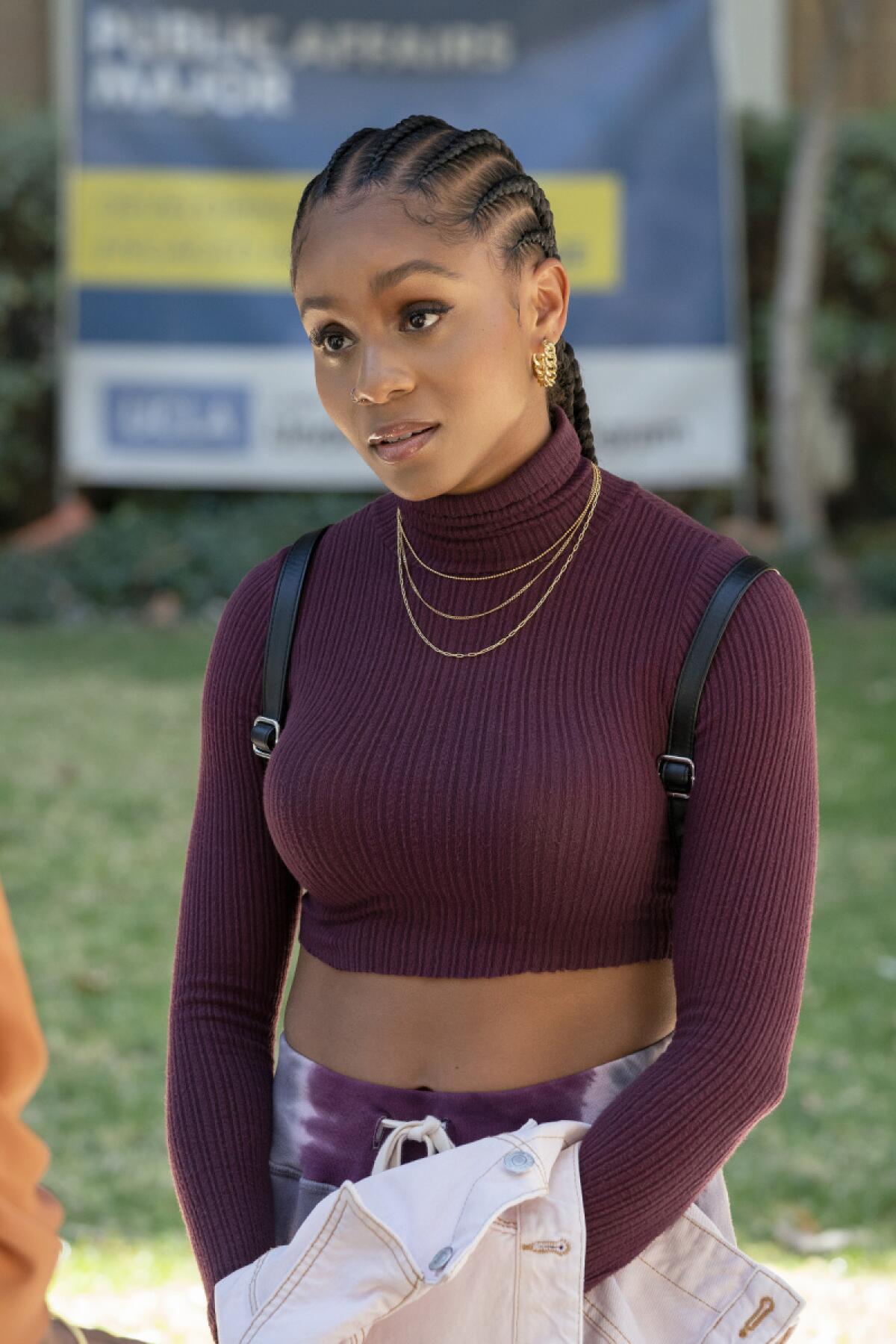
Raymond also watched Freeform’s “grown-ish,” starring Yara Shahidi as a student at the fictional Cal U. A spinoff of ABC’s “black-ish,” it has often been called this generation’s “A Different World,” despite the fact that unlike the earlier series, it’s set at a predominantly white institution (PWI).
“I would say that most TV shows these days are putting Black characters in white settings,” Raymond said. “If [HBCUs are on TV], it’s mostly just a shirt, but they don’t actually say much about the school or what shaped the character to be the person they are today.”
She said that the lack of HBCU representation on television contributes to the perception that HBCUs are lesser while everyone is expected to know Yale and Harvard. Raymond believes that you can get a quality education, “if not 10 times better,” at a historically Black college or university.
“I think it’s really key for these children, especially Black children, to be able to romanticize HBCUs the way that we’re taught to romanticize the Ivy League,” Maya said. “We should be able to also say, ‘Oh, I wish I could go to [Florida A&M University], Clark Atlanta, Morehouse, Spelman. They all deserve to be celebrated.”
FAMU senior Maya Afeni Williams, 21, said that while her high school counselors didn’t push students to attend HBCUs, her interest was fostered by what she saw at home, from both her father and the television.
In a shelved episode just released on Hulu, ‘black-ish’ offers a reminder that the politics of its greatest episodes are never less than relevant.
“I remember watching ‘A Different World’ when I was about 6 and I just thought it was so cool,” she recalled. “We still watch [‘Drumline’] as family. We make a movie night out of it. We talked about my dad’s Morehouse days, my future and what I would experience.”
Echoing her father’s own undergraduate experience, Williams mingled with students of all stripes, including Black international students, children of African or Caribbean immigrants and kids from the West Coast. And just as she learned from the experience that Blackness isn’t a monolith, Williams hopes that “All American: Homecoming” will depict diverse forms of Blackness while staying true to the distinctive fabric of an HBCU, from the music to the fashion.
“I want to see the paraphernalia, block parties and fried chicken Wednesdays,” she said. “I want to see us, but I don’t want it to be geared for white people to understand. If they don’t understand, that’s OK — it’s not for them to understand.”
For Carroll, authenticity is the goal. She is not interested in catering to white viewers who may be unfamiliar with HBCUs. . Rather, she wants to allow audience members to find their own entry point in each of these characters’ storylines.
“When we tiptoe around stuff like that, then we present an inauthentic version of the world. When we’re living the authentic truth of an experience, people relate to it and find their entry point that makes it palatable to them. If we dance our way around it to make it universal for everyone, we’re actually going to miss the mark for everyone,” said Carroll.
Carroll graduated from the University of Pennsylvania and New York University, both of which are PWIs, but her close circle comprises many HBCU alumni: her siblings-in-law, her manager and now, the stars of “All American: Homecoming.”
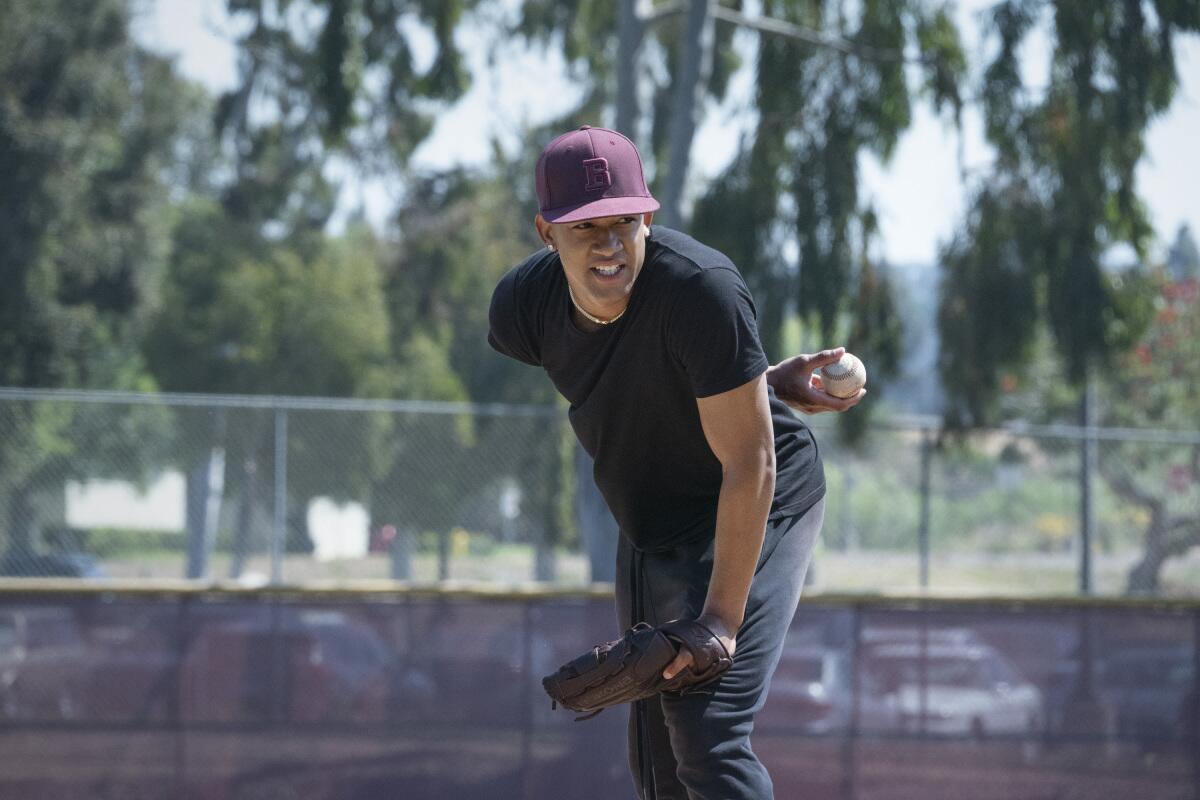
Maya says that Carroll is collaborative, drawing from a wide range of experiences and often inquiring about her experience at Clark Atlanta. Coming from Los Angeles to attend the school, where she studied mass communications, Maya remembers how she thought she knew it all at age 18 — but often fell and stumbled.
The campus community’s familial feel always uplifted her, though. In “Homecoming,” Maya wants viewers to see that Black college life encompasses that and so much more.
“I have to touch on the familial aspect, because that is so important,” said Maya, recalling how professors supported her as on out-of-state student. “You have to have that foundation. Something that I’m really excited for people to be able to see in ‘Homecoming’ is the real deal in terms of the ebb and flow of life. For me, that’s what college was about. It’s fun. It’s a cultural experience. However, in the grand scheme of college and growth and building, that’s a self thing.”
That HBCU bond brought Smith and Maya together on set, Smith said: “It feels like it creates a family, even though Geffri and I went to different schools. It’s almost like its own fraternity or sorority. Some people may never even come close to the HBCU world, but they might be curious about it. I’m just glad that we have the opportunity to show them that and the different things that African Americans can do.”
Jackson State University sophomore Micah Cooley wants to see an HBCU series that doesn’t focus strictly on the campus social life, parties, and other functions, but also depicts the lifelong knowledge students are gaining through their classes.
Cooley, 19, is a member of JSU’s -acclaimed marching band, the Sonic Boom of the South. He attributes his first exposure to HBCU culture to his father, an Alabama State University alumnus, and to little seeds sown in ‘90s television.
“I watched ‘Martin.’ I watched ‘Fresh Prince,’” Cooley said. “It wasn’t the actual lifestyle of being at an HBCU, but it was the subtle hints. The characters were in a Southern University shirt or somebody was wearing a hoodie from Morehouse, and that got me thinking, ‘That just looks dope, so the school is probably dope too.’”
After performing as a high school band student in a pregame show for a matchup between JSU and Bethune-Cookman, Cooley knew he wanted to attend an HBCU. Cooley said that “there’s a definitely a lack of HBCU representation in TV.”
After starring in a ‘Grown-ish’ subplot where art met life, the Bailey sisters reflect on creating together — even while thousands of miles apart.
Though Cooley watches “grown-ish,” he wishes Shahidi’s character, Zoey, enrolled in an HBCU rather than a PWI. Additionally, Cooley said he wants to see production input from real HBCU graduates in order to move away from harmful stereotypes about the institutions, such as the false perception that HBCUs are unsafe and located “in the hood.”
Similarly, Smith, who plays a highly sought-after baseball recruit in “Homecoming,” hopes to show Black athletic representation outside of the football-basketball binary. Per USA Today, the percentage of Black MLB players sits at 6%.
“I think that it’s important that we show that we have representation in these sports and in anything that we do, we excel at it. “ Smith said, “To show it at an HBCU, I think that’s super important.... I know with a lot of these PWIs, it’s popular to go there [as an athlete] even though once upon a time, we couldn’t go there.”
Of course, no one show is capable of combating every stereotype about or encompassing every aspect of life at HBCUs. But both the team behind “Homecoming” and viewers craving more HBCU representation hope authentic depictions of the experience will encourage the next generation to aspire to attend HBCUs and open the door for more narratives surrounding Black joy.
“‘All American: Homecoming’ is really just giving our culture its flowers,” Carroll said. “As a whole, we’re hoping that people walk away every week from ‘Homecoming’ just feeling a sense of hope and excitement about our culture, about our community, about our unity in the world. They’ll feel like, ‘Oh, I may not have attended an HBCU, but I get [to] sort of attend one every week through these characters.’”
More to Read
The complete guide to home viewing
Get Screen Gab for everything about the TV shows and streaming movies everyone’s talking about.
You may occasionally receive promotional content from the Los Angeles Times.
